-

Underwater magician
Feature story28 December 2018Based at Bream Bay, Whangarei, Crispin Middleton is also an acclaimed underwater photographer and the recipient of numerous photography awards. His work regularly appears in New Zealand Geographic, dive magazines, scientific journals and conservation/ government documents. -

NIWA scientist throws light on the Red Zone
Feature story21 December 2018Christchurch’s Red Zone is to be the focal point of a scientific experiment involving street lights and insects over summer. -
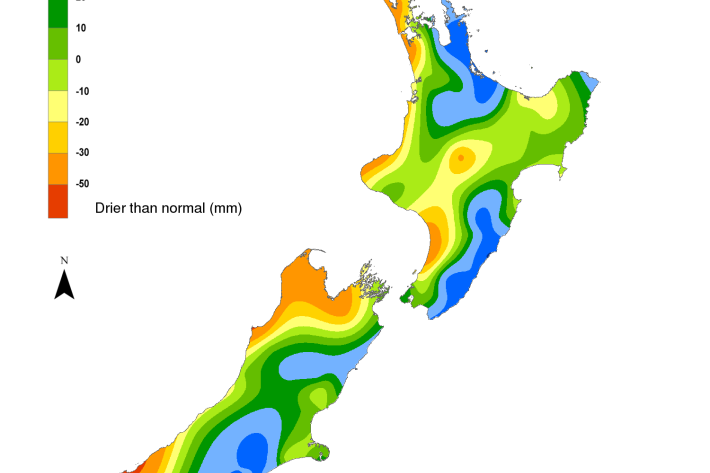
NIWA's Hotspot Watch for 19 December 2018
Hotspot19 December 2018Across the North Island, soil moisture levels either decreased slightly or remained the same during the past week. Across the South Island, soil moisture remained near normal or above normal in the central and eastern part of the island during the past week while areas in the west have near normal or below normal soil moisture. -

Seal-mounted cameras give scientists a glimpse of life under the ice
Feature story19 December 2018A NIWA-led team of marine ecologists are using seal-mounted cameras to get a first-hand view into the behaviour and movements of Weddell seals under the Antarctic ice. -

Scientific muscle meets freshwater mussels
Feature story19 December 2018NIWA scientists have made an important breakthrough in the battle to save New Zealand’s freshwater mussels. -
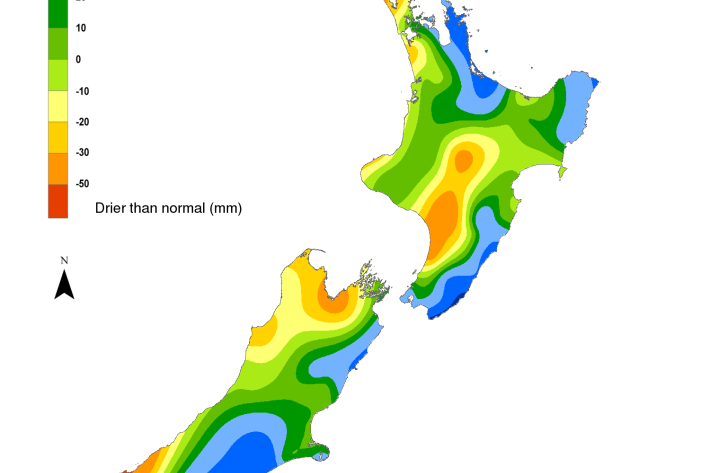
NIWA's Hotspot Watch for 12 December 2018
Hotspot13 December 2018The driest soils across the North Island compared to normal for this time of the year are found in an area stretching from coastal Manawatu-Whanganui northeast to Taupo. The driest soils across the South Island compared to normal for this time of the year are found in far southern Westland District. A small hotspot has emerged in Nelson in the past week. -
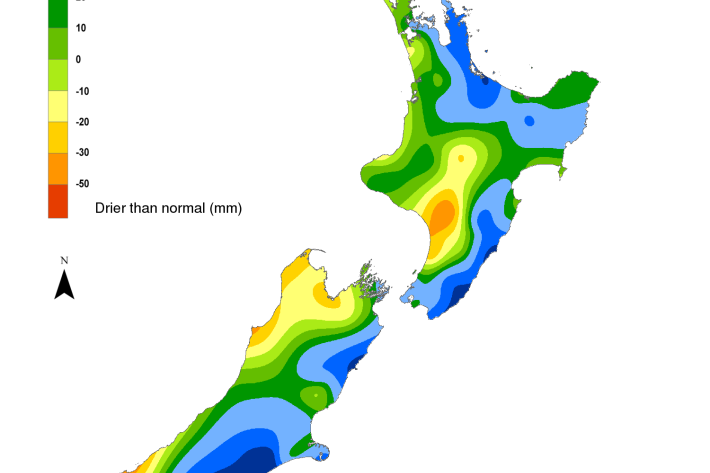
NIWA's Hotspot Watch for 6 December 2018
Hotspot06 December 2018A new hotspot emerged in the Rangitikei District in Manawatu-Wanganui during the past week. This is the only current hotspot in the North Island. There are currently no hotspots in the South Island. -

NIWA's Hotspot Watch for 29 November 2018
Hotspot29 November 2018All previous hotspots in the North Island dissipated this past week due to the heavy rainfall. Substantial rainfall in the past week caused the small hotspot in northwestern Marlborough to dissipate, and no other hotspots are currently in place in the South Island. -

Scientists confirm former site of Pink and White Terraces
Media release29 November 2018The diary and hand-drawn maps of a nineteenth century geologist has enabled NIWA scientists to confirm the former site of the iconic Pink and White Terraces at Lake Rotomahana. -
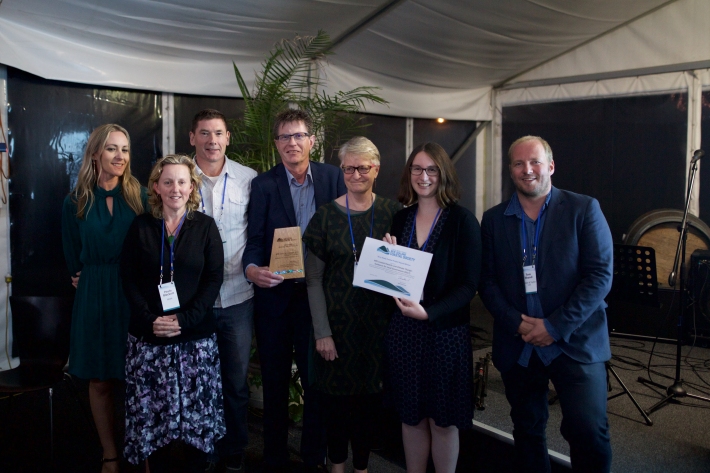
NIWA joint winner of 2018 Terry Healy Coastal Project Award
Media release27 November 2018A trio of lead authors from NIWA has been named alongside the Ministry for the Environment and others as joint winner of the 2018 Terry Healy Coastal Project Award. -
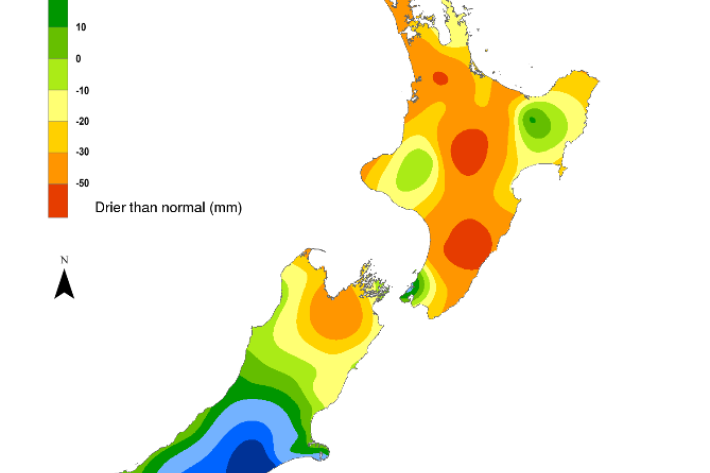
NIWA's Hotspot Watch for 21 November 2018
Hotspot21 November 2018The driest soils across the North Island compared to normal for this time of the year are found in parts of Northland, Taupo, and Tararua District. A small hotspot is currently in place in northwestern Marlborough. -

Update on El Niño
Media release21 November 2018An abnormal El Niño weather event is looking likely for New Zealand over summer, according to NIWA meteorologist Ben Noll.
